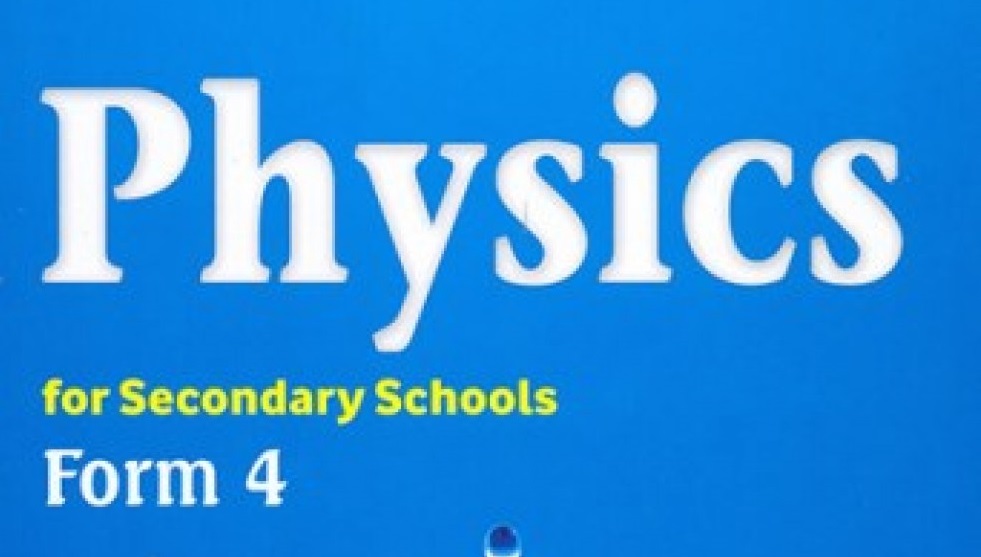TOPIC 7: GEOPHYSICS | PHYSICS FORM 4
TOPIC 7: GEOPHYSICS | PHYSICS FORM 4 Geophysics is a branch of science that deals with the physical, chemical, geological, astronomical and other characteristic properties of the earth.It deals with geological phenomena such as the temperature distribution of the earth’s interior, the source, configuration and the geomagnetic field. Structure and Composition of the Earth The … Read more


